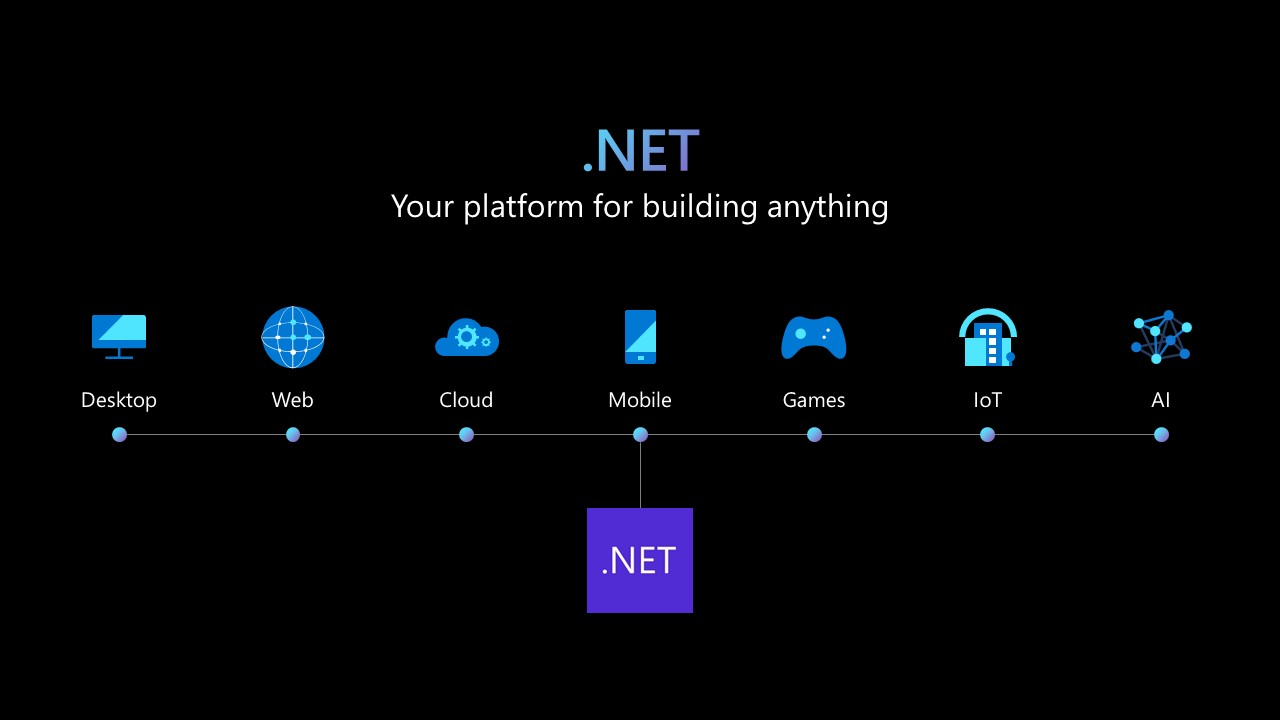티스토리 뷰
이번 포스트는 나 빼고 다른 모든 사람들에게 노티를 보내기!를 구현하기 위한 가장 마지막 단계인것 같다.
이 내용에 대한 작업을 하기 위해 Notification Hubs에 대한 문서를 간단하게 읽어 보아야 한다.
1. 참고
알림 허브 기능(한글)
http://msdn.microsoft.com/ko-kr/library/dn530752.aspx
Notification Hubs Features
http://msdn.microsoft.com/en-us/library/dn530752.aspx
위의 링크로 이동해서 일단 어떤 개념인지에 대한 파악을 한다.
2. 특히 중요한 부분은
Routing and Tag Expressions
http://msdn.microsoft.com/en-us/library/dn530749.aspx
이 부분이다.
앱이 실행이 되면 PNS 서버로 부터 자신을 가르키는 주소를 받아 온다. 받아온 주소를 Notification Hubs에 등록을 하게 되는데, 이때, 사용자 인증이 되어 있다면, 그 정보를 Tag로 사용 한다. 이 내용은 조금전에 소스를 통해서 알게 되었는데. 다음과 같이 확인 하면 된다.
RegisterNativeAsync를 실행한 후에 자신이 등록되어 있는 서비스를 조회하면 1개의 WnsRegistration이 나오는데, 그 안에 Tags에 자신의 인증에 사용된 ID가 나오는 것을 알 수 있다.
**********
서버단에 PushRegistrationHandler 코드에 사용자 ID를 Tag로 등록하는 곳이 있다.
ValidateTags 메소드에 custom:을 추가해서 사용자 정의 인증된 사용자도 확인이 가능하도록 한다.
public class PushRegistrationHandler : INotificationHandler
{
public Task Register(ApiServices services, HttpRequestContext context, NotificationRegistration registration)
{
try
{
// Perform a check here for user ID tags, which are not allowed.
if (!ValidateTags(registration))
{
throw new InvalidOperationException(
"You cannot supply a tag that is a user ID.");
}
// Get the logged-in user.
var currentUser = context.Principal as ServiceUser;
// Add a new tag that is the user ID.
if (currentUser != null)
{
registration.Tags.Add(currentUser.Id);
services.Log.Info("Registered tag for userId: " + currentUser.Id);
}
}
catch (Exception ex)
{
services.Log.Error(ex.ToString());
}
return Task.FromResult(true);
}
public Task Unregister(ApiServices services, HttpRequestContext context, string deviceId)
{
// This is where you can hook into registration deletion.
return Task.FromResult(true);
}
private bool ValidateTags(NotificationRegistration registration)
{
// Create a regex to search for disallowed tags.
var searchTerm =
new System.Text.RegularExpressions.Regex(@"facebook:|google:|twitter:|microsoftaccount:|custom:",
System.Text.RegularExpressions.RegexOptions.IgnoreCase);
foreach (string tag in registration.Tags)
{
if (searchTerm.IsMatch(tag))
{
return false;
}
}
return true;
}
}
그럼, 이 이야기는 사용자 인증이 완료된 클라이언트가 Notification Hubs에 등록이 되면 기본적으로 자신의 id를 Tag로 가지고 있다는 것이니, Push를 날릴때 자기 자신을 지칭하는 Tag만 제외 시키면 되는 것이다.
즉,
* 서버단에서 Push.SendAsync를 하는 곳
try
{
var currentUser = User as ServiceUser;
if (currentUser != null)
{
var result = await Services.Push.SendAsync(message, string.Format("!{0}", currentUser.Id));
Services.Log.Info(result.State.ToString());
}
}
catch (System.Exception ex)
{
Services.Log.Error(ex.Message, null, "Push.SendAsync Error");
}
서버단의 Azure Mobile Service에서 서비스를 호출한 사람이 currentUser이니, Tag Expression를
string.Format("!{0}", currentUser.Id) 이렇게 붙인다면, !custom:f2f0fc0cxxxxxxxxx가 되는 것이다.
즉, 자신의 테그를 제외한 나머지에게 발송을 하라는 뜻이 된다.
이렇게 해서 나 제외한 다른 모든 사람에게 Push를 보내는 것을 완료했다.
'Azure' 카테고리의 다른 글
| Azure Mobile Service Links (0) | 2015.04.16 |
|---|---|
| [Azure Mobile Service] Raw Push Notification (0) | 2015.01.04 |
| [Azure Mobile Service] Custom authorization server side & client side (0) | 2014.12.19 |
| [Azure Mobile Service] 사용자 인증 추가하기 (0) | 2014.12.18 |
| [Azure Mobile Service] 에저 모바일 서비스 데이터 한번에 모두 불러오기 (0) | 2014.12.12 |
- Total
- Today
- Yesterday
- Always Encrypted
- uno platform
- uno-platform
- .net 5.0
- IOT
- ComboBox
- #Windows Template Studio
- Microsoft
- Behavior
- XAML
- kiosk
- Build 2016
- PRISM
- LINQ
- WPF
- Cross-platform
- Bot Framework
- visual studio 2019
- #MVVM
- ef core
- #uwp
- C#
- Windows 10
- #prism
- dotNETconf
- UWP
- Visual Studio 2022
- MVVM
- .net
- windows 11
| 일 | 월 | 화 | 수 | 목 | 금 | 토 |
|---|---|---|---|---|---|---|
| 1 | 2 | 3 | 4 | 5 | 6 | 7 |
| 8 | 9 | 10 | 11 | 12 | 13 | 14 |
| 15 | 16 | 17 | 18 | 19 | 20 | 21 |
| 22 | 23 | 24 | 25 | 26 | 27 | 28 |
| 29 | 30 | 31 |

